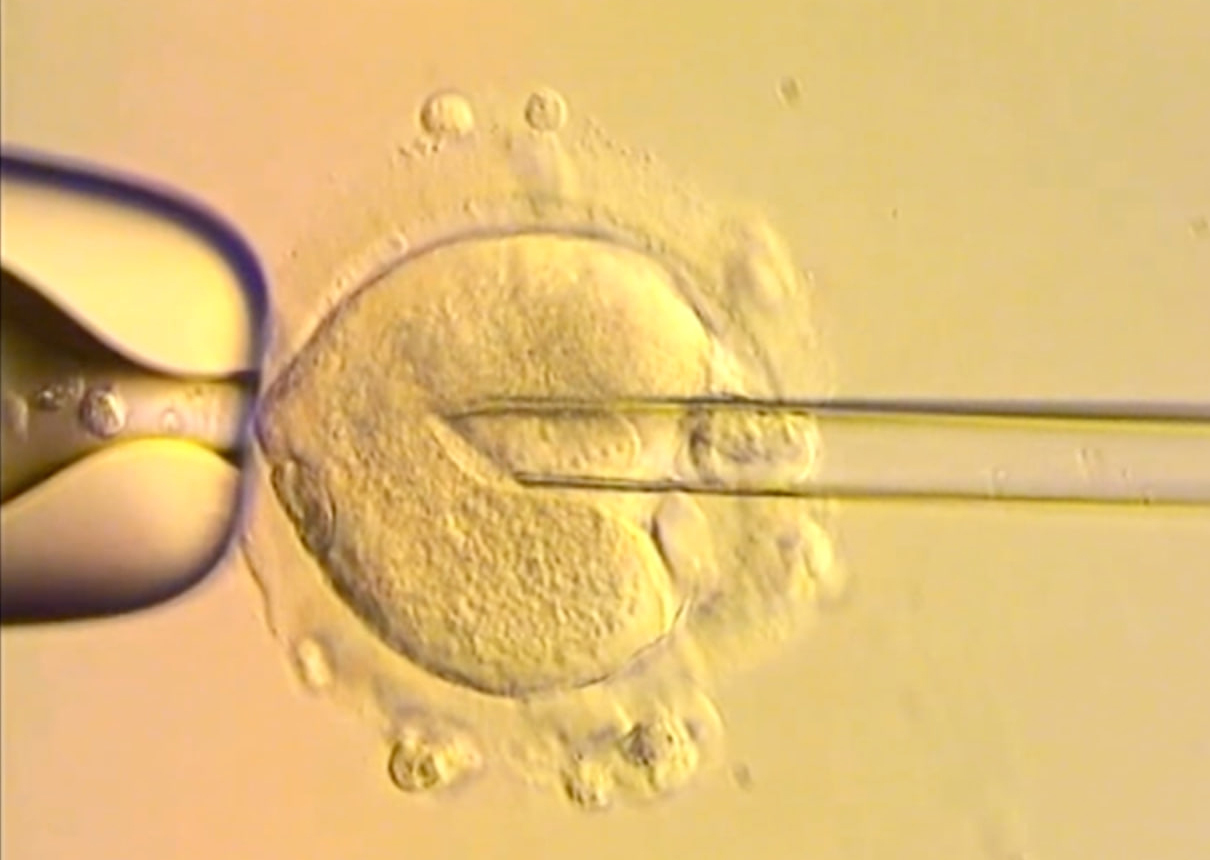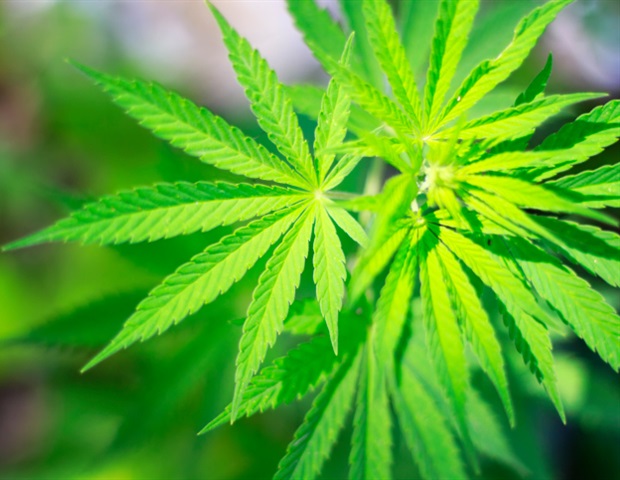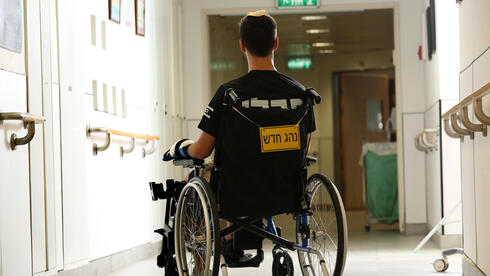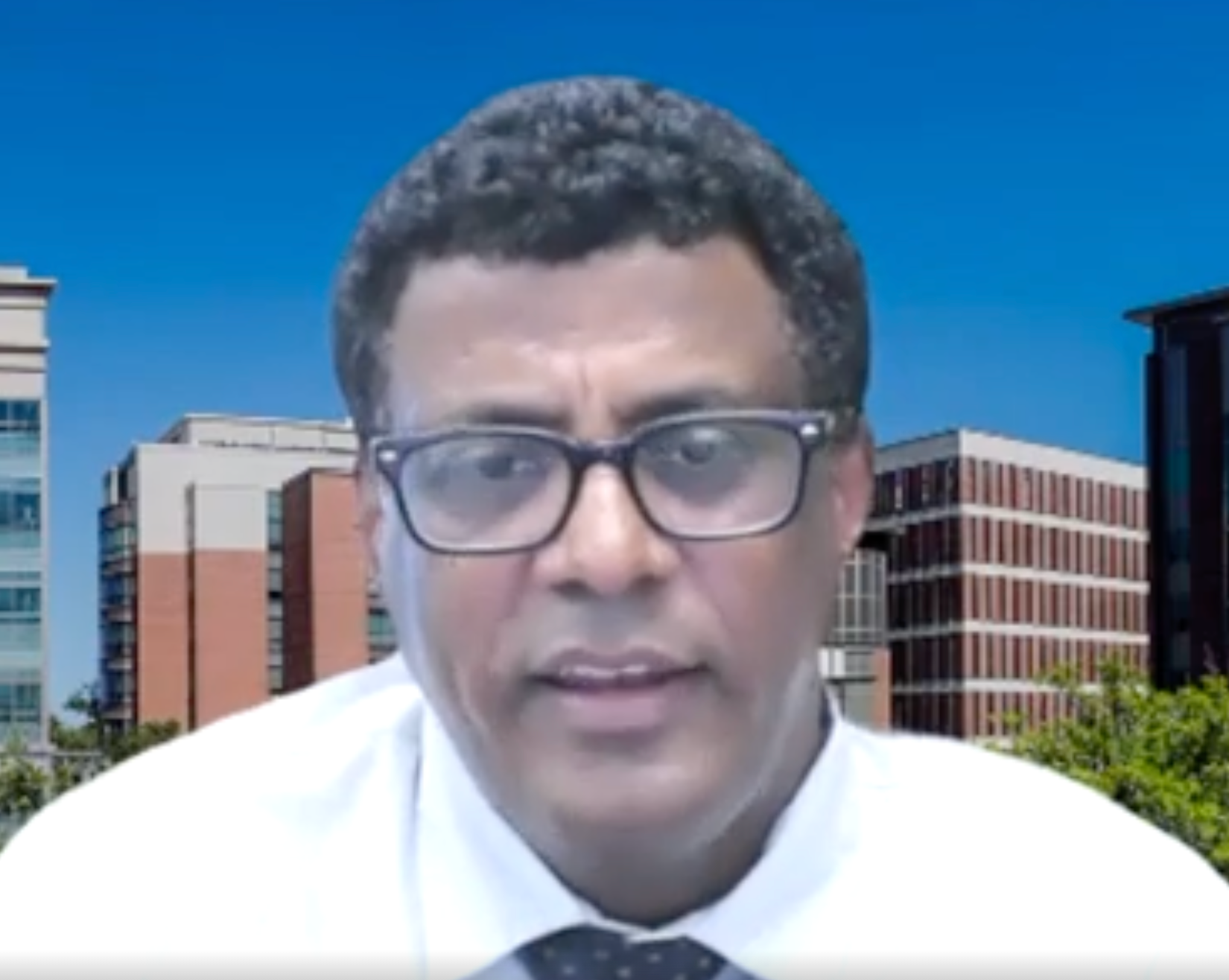Global Polio Eradication Initiative Faces Crisis Amid Funding Cuts and Resurgence of Virus

The ongoing battle against polio is at a critical juncture as the world’s leading polio eradication program, the Global Polio Eradication Initiative (GPEI), faces an alarming 40% budget cut for the year 2026. This drastic reduction in funding comes at a time when the paralysis-inducing virus is experiencing a resurgence in its last remaining strongholds, particularly in Afghanistan and Pakistan, as well as in war-torn regions. This situation jeopardizes decades of hard-won progress in the fight against this debilitating disease.
Dr. Hanan Balkhy, the regional director of the World Health Organization’s (WHO) Eastern Mediterranean Regional Office, presented these grim figures during the World Health Assembly, a body that has been instrumental in launching the global effort to eradicate polio 36 years ago. She emphasized, “The Global Polio Eradication Initiative is facing a 40% budget cut in 2026,” highlighting the urgent need for continued financial support to combat the virus.
The confluence of funding cuts, ongoing conflicts, and the rising incidence of polio cases now threatens to unravel the remarkable progress humanity has made toward eradicating a virus that, if successful, would mark only the second human disease ever eradicated—following the historic eradication of smallpox.
Historically, polio was responsible for paralyzing or killing over half a million people globally each year at its peak during the 1940s and 1950s. The virus primarily affects children under the age of five, attacking the nervous system and leading to irreversible paralysis within hours of infection.
Since the launch of GPEI, which is co-led by WHO alongside prominent partners such as Rotary International, the U.S. Centers for Disease Control and Prevention (CDC), UNICEF, the Bill and Melinda Gates Foundation, and Gavi, The Vaccine Alliance, the number of polio cases worldwide has fallen by an astonishing 99%. However, this decline is now in jeopardy.
Dr. Balkhy warned the assembly, stating, “We are at a tipping point. Either we invest now to finish the job or risk a global resurgence. We do not have the luxury of time.” This urgent plea underscores the critical nature of funding in the fight against polio.
Funding Crisis Deepens
The funding challenges faced by GPEI were apparent even before the current budget crisis emerged. Back in October, the initiative acknowledged that it required both additional time and resources to meet its eradication targets, subsequently pushing its deadlines to 2027 for wild poliovirus and 2029 for vaccine-derived strains. Originally, the goal was to eradicate polio by the year 2000.
To address these challenges, GPEI raised its budget request to $6.9 billion through 2029, a significant increase from the initial $4.8 billion. So far, the initiative has managed to secure pledges totaling $4.6 billion, nearly reaching its original target. However, with the rising costs, GPEI now faces a staggering funding gap of $2.3 billion that must be bridged by 2029.
This budget shortfall has been significantly exacerbated by the withdrawal of the United States from WHO initiatives, resulting in the disengagement of both USAID and the CDC from GPEI. Dr. Balkhy informed the WHO’s executive board in February that this disengagement is already costing the initiative dearly in terms of lost technical and strategic support.
“In financial terms, this means a loss of $133 million to the GPEI, and a loss of $100 million for WHO’s polio-specific operations each year,” she explained, totaling an annual shortfall of $233 million for eradication efforts.
Historically, the U.S. has been the second-largest donor to GPEI since its inception in 1988, contributing approximately 22.6% of the total funding, which equates to around $4.5 billion over the program’s lifetime. In the past year alone, the U.S. allocated $265 million out of the $907 million received by GPEI, accounting for nearly 30% of the annual funding. Meanwhile, Canada, the next largest single-country donor, contributes only 5.5% of total funding, significantly less than the U.S. contribution.
Despite increased pledges from other countries like Saudi Arabia and Canada, the funding remains grossly inadequate to meet the urgent needs of the initiative.
Surge in Polio Cases
In 2024, Afghanistan and Pakistan, the last two countries where the wild poliovirus remains endemic, have witnessed a dramatic rise in cases. Afghanistan reported 23 cases last year, an alarming increase of 283% from 2023, while Pakistan experienced 63 cases, representing a staggering 550% rise. Wild poliovirus spreads through contaminated food and water, leading to irreversible paralysis within hours.
Environmental surveillance has also revealed 741 positive samples of the virus in sewage and water sources in 2024, with cases concentrated in high-risk areas along the Hindu Kush mountain range, which spans the border between Pakistan’s Khyber Pakhtunkhwa province and Afghanistan. Here, cross-border movement, militant activity, and attacks on vaccination teams pose significant obstacles to immunization campaigns.
At the assembly, India emphasized the importance of regional cooperation in combating the disease. “It is crucial to foster collaboration and share data, synchronise vaccination campaigns and work together to prevent the re-emergence of disease across borders,” stated India’s delegate.
Vaccine Challenges and Hesitancy
Despite extensive vaccination efforts and international support, achieving the 95% coverage required for herd immunity remains a formidable challenge in endemic regions. In 2023, only 84% of eligible children in Pakistan received two doses of the injectable vaccine, while many of the polio cases reported were in children who had never received a single dose. Factors such as vast distances, insecurity, and deep-seated distrust towards vaccines complicate immunization efforts.
In Afghanistan, over 534,000 children are vaccinated monthly, and 11.4 million children were vaccinated last year, according to WHO statistics. However, the Islamic Emirate paused the polio immunization program twice in 2024, now limiting vaccine delivery to specific locations like mosques and village centers, which hampers door-to-door campaigns critical for reaching every child.
Vaccine hesitancy continues to pose barriers, with some individuals believing that vaccines affect fertility or are part of a Western conspiracy, a sentiment fueled by the CIA's use of a fake vaccination campaign to locate Osama bin Laden in 2011. These funding cuts exacerbate the challenges faced on the ground, threatening both eradication efforts and essential health services.
Dr. Jamal Ahmed, Director of WHO’s Polio Eradication Programme, remarked, “Cuts in development assistance are threatening both eradication efforts and essential services at this point.” He highlighted the need for urgent action to secure vaccine supplies and ensure the safety of frontline health workers.
Global Response Needed
In light of the ongoing crises, it remains uncertain whether the international community can mobilize the necessary $2.3 billion to complete the polio eradication initiative. The answer to this pressing question will significantly impact the fate of global polio eradication efforts that have spanned nearly four decades.

























